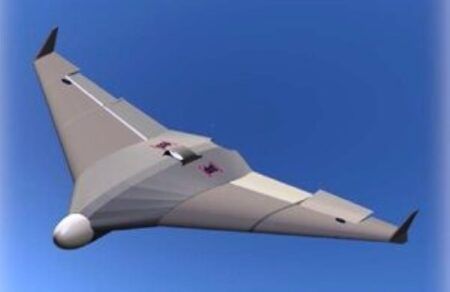Rotorcraft manufacturer Piasecki has been awarded funding from the US Government to evaluate the feasibility of using hydrogen fuel cell-powered eVTOL aircraft in urban areas.
Engineers at Piasecki are conducting a technical economic analysis, developing conceptual and preliminary designs, and will ultimately build and test a hydrogen fuel cell-powered VTOL aircraft at scale for the R&D program. The second phase is on track to start later this year, said the company.
The first stage compared hydrogen technology to internal combustion engine and battery-powered rotorcraft to determine key metrics such as mission performance, Greenhouse Gases (GHGs) abatement potential, total cost of ownership, and technology readiness level.
The study used a Robinson R44 helicopter as a baseline and three variants: hydrogen fuel cell propulsion with gaseous hydrogen, hydrogen fuel cell propulsion with liquid hydrogen, and battery-powered propulsion.
Using the DOE’s Techno-economic Energy and Carbon Heuristic Tool for Early-Stage Technologies (TECHTEST), the study demonstrated that hydrogen fuel cell and battery variants have negligible GHG emissions during use and that all variants abate more than 1,300 tons of GHG emissions over five years compared to the R44 powered by an internal combustion engine conducting the same air taxi mission.
The study found that the liquid hydrogen fuel cell variant offered the best performance of the three variants offering a superior range that matched the range of the internal combustion variant (270 nautical miles). The liquid hydrogen fuel cell variant also needs to be refueled less frequently and offered reduced operating costs.
John Piasecki, president and CEO of Piasecki Aircraft said, “The Department of Energy’s request for this study underscores the urgent need for innovative, affordable zero-carbon vertical mobility solutions to reduce traffic congestion in urban areas and vehicular greenhouse gasses.
“The results of our initial study reinforce the potential for hydrogen fuel cells to disrupt the $40 billion light helicopter replacement market and contribute to the growth of the emerging air taxi market. We are committed to developing innovative, sustainable solutions for the aviation industry and we look forward to further demonstrating the potential of hydrogen fuel cells to power urban air mobility.”
Piasecki is developing the PA-890 to be the world’s first hydrogen-powered compound helicopter. The company is aiming for several markets with the slowed-rotor, winged aircraft including emergency medical, high-value logistics, on-Demand Mobility personnel air transport.
The company recently announced a US$37 million contract with the US Air Force to accelerate development of the PA-890. Piasecki is working with ZeroAvia to develop and test the hydrogen fuel cells it will use in its eVTOL aircraft – this includes the development of a proof-of-concept flight demonstrator and a full scale 660kW hydrogen fuel cell propulsion test stand for the PA-890.
Last year, Piasecki acquired a 219,000 square foot helicopter manufacturing facility from Lockheed Martin Sikorsky in Coatesville, Pennsylvania, where it plans to assemble the PA-890.





